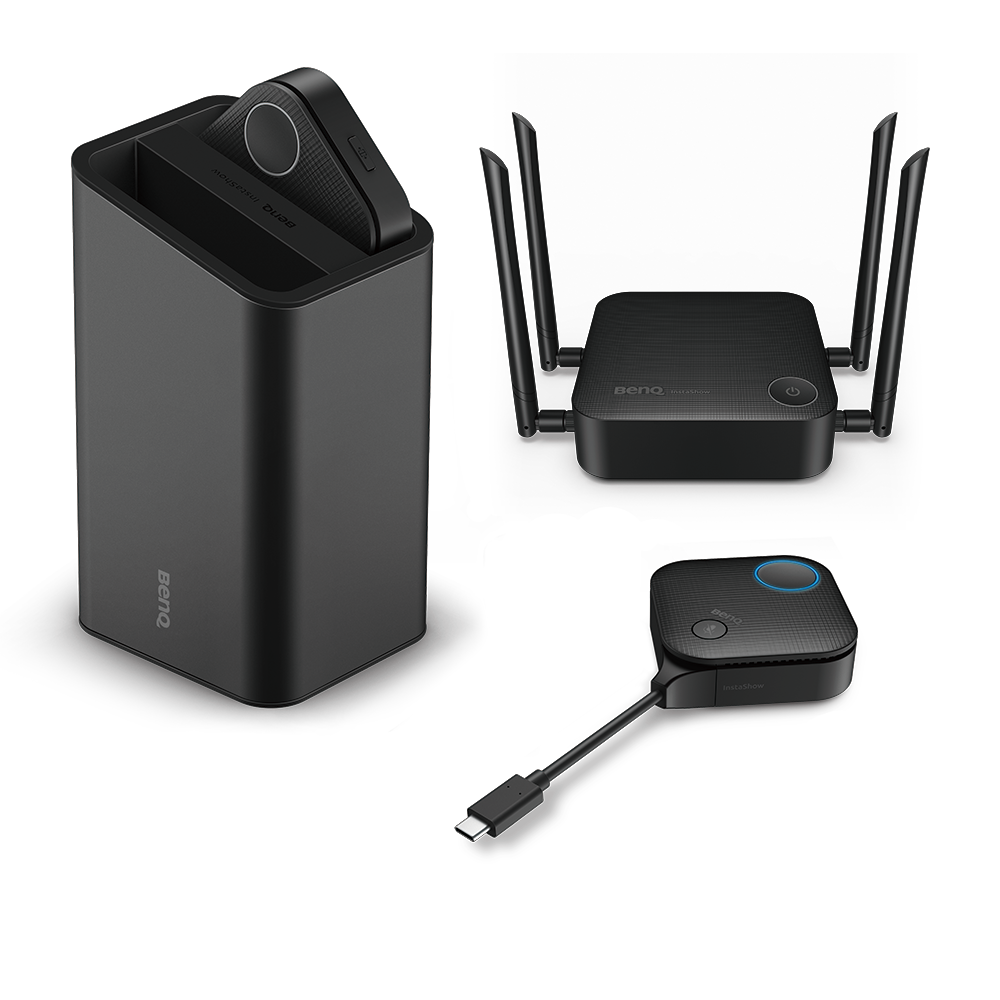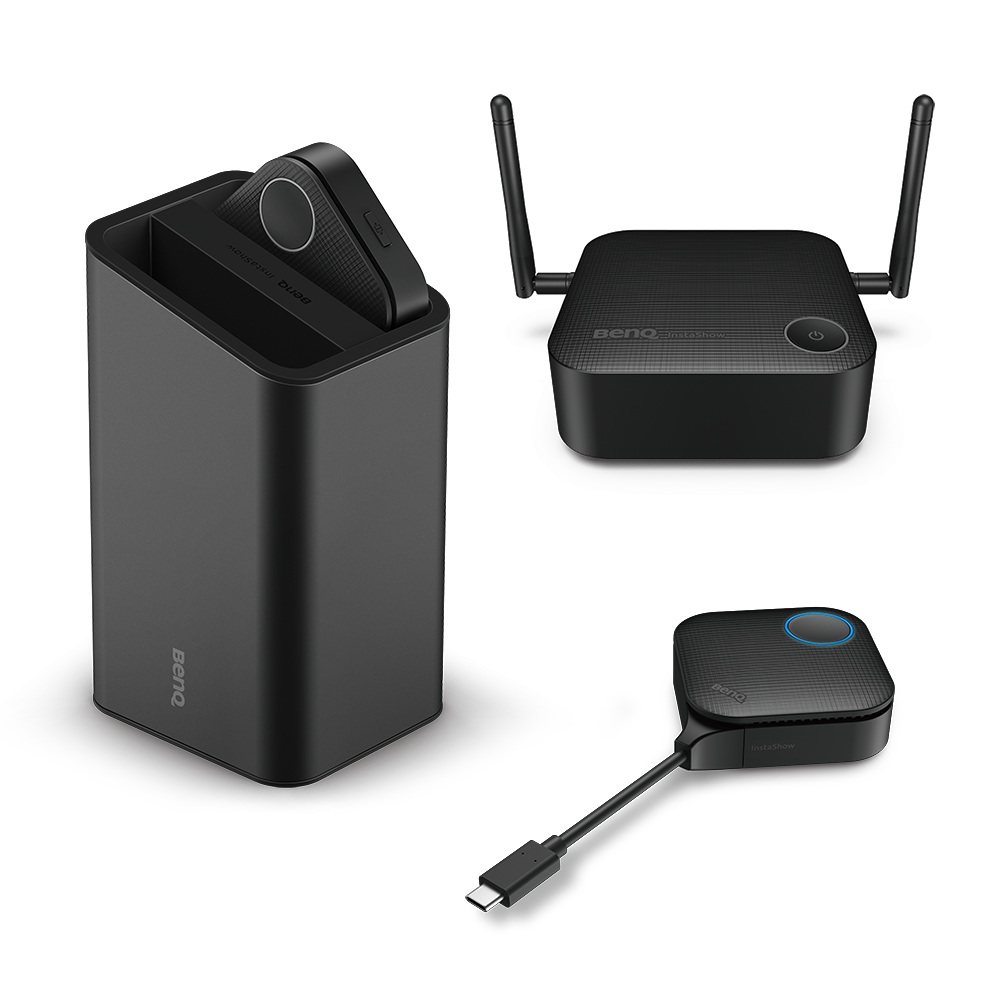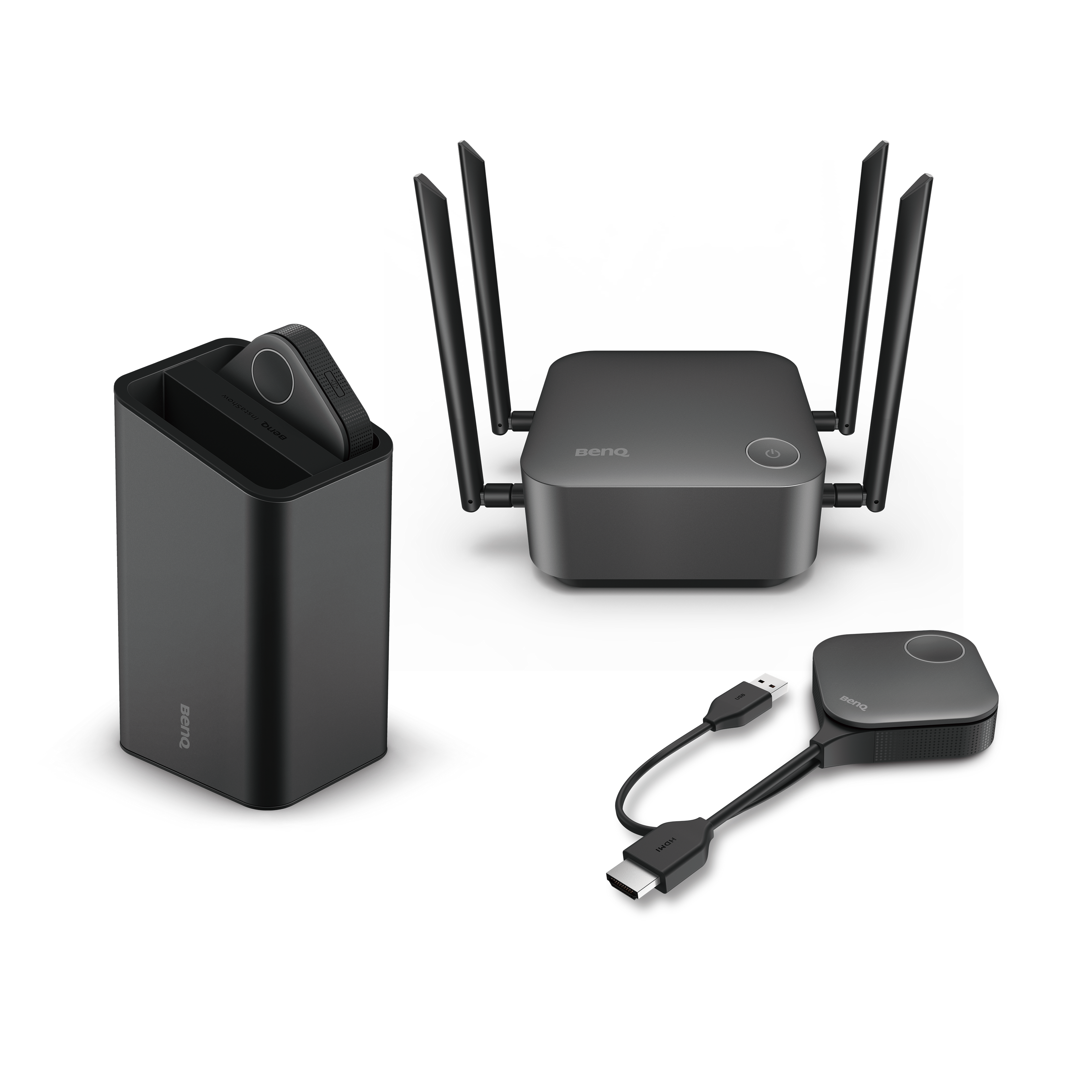Understanding Meeting Cadence: The Key to Boosting Team Efficiency
- BenQ
- 2025-05-16

What is Meeting Cadence?
Meeting cadence refers to the frequency and rhythm of scheduled meetings to ensure team consistency and effective communication. Understanding the meaning of meeting cadence is crucial for enhancing team productivity.
Types of Meeting Cadences
Different types of meeting cadences are suited to various team needs and objectives. Common meeting cadences include:
- Daily Meetings:
Suitable for teams that require frequent updates. These meetings often include daily stand-up meetings, quick stand-up meetings, agile team meetings, and team check-ins. They are designed to quickly share progress, address immediate issues, and ensure alignment among team members.
- Weekly Meetings:
Used for progress tracking and problem-solving. Examples include weekly leadership team meetings, weekly one-on-one meetings, weekly team meetings, department team meetings, executive team meetings, marketing meetings, and leadership team meetings. These meetings focus on reviewing ongoing projects, discussing challenges, and fostering collaboration.
- Monthly Meetings:
Ideal for reviewing long-term goals and strategies. Monthly meetings can include company all-hands meetings, monthly career-focused one-on-one meetings, monthly managers' meetings, management meetings, manager 1:1 sessions, department meetings, and project team meetings. These meetings assess achievements, plan future actions, and ensure strategic alignment.
- Quarterly Meetings:
Used for major project reviews and adjustments. Quarterly meetings often involve comprehensive evaluations like quarterly board meetings, quarterly business reviews, quarterly customer meetings, business review meetings, planning meetings, all-hands meetings, board meetings, committee meetings, and customer success meetings. They allow teams to align on long-term objectives and make strategic decisions.
- Annual Meetings:
Focus on overarching organizational goals and major strategic shifts. These meetings may include annual general meetings or company-wide retreats, where long-term visions and plans are discussed and set.

How to Choose the Right Meeting Cadence?
Choosing the right meeting cadence requires considering several factors, including team size, objectives, and meeting types. Here are some guidelines:
- Assess Team Needs:
Understand what cadence meeting meaning is and select the appropriate frequency based on the team's specific needs.
- Define Meeting Objectives:
Clearly outline the goals of each meeting to ensure effectiveness.
- Use Meeting Cadence Templates:
Utilize meeting cadence templates to plan and manage meetings effectively.
Best Practices for Setting Meeting Cadence
- Prepare Agendas:
Prepare meeting agendas in advance to ensure meetings are focused and efficient.
- Invite the Right Paricipants:
Ensure that meeting attendees are relevant to the meeting objectives.
- Use Tools and Templates:
Optimize meeting processes using available meeting cadence templates.
Challenges and Solutions
Managing meeting cadence can present challenges, such as having too many or too few meetings. Here are some solutions:
- Gather Feedback:
Regularly collect feedback from team members and adjust meeting cadence to meet current needs.
- Set Clear Roles and Responsibilities:
Ensure each meeting has a clear purpose and defined participant roles.
Frequently Asked Questions
- What does cadence mean at work?
In a work context, cadence refers to the scheduling and frequency of activities to ensure continuous progress.
- How do you set up a meeting cadence?
Setting up a meeting cadence involes considering team needs, objectives, and appropriate meeting frequency.
Summary:
Meeting cadence plays a crucial role in boosting team efficiency and facilitating effective communication. By grasping the concept of meeting cadence and implementing best practices along with useful templates, teams can streamline their operations for greater productivity. Selecting the right meeting cadence is important, but it is equally essential to ensure meetings are efficient and time is well-spent. Using tools like the BenQ InstaShow wireless conference system, which requires no software and comes pre-configured, can effectively manage time and create the most efficient meeting experience. No matter the current cadence of your team meetings, regular assessment and adjustments are essential to sustaining an optimal and dynamic work environment.

Recommanded Articles
-
Trends & Knowledge
Eliminate Meeting Interruptions! 3 Tips to Boost Meeting Efficiency with Wireless Conference Systems
Tired of meeting interruptions? Discover 3 crucial factors and learn how to avoid meeting interruptions. Use wireless conference systems to solve meeting equipment compatibility issues, enhance meeting efficiency, and maintain professionalism.
2025.01.23 -
Trends & Knowledge
How to Connect a Macbook to a TV Wirelessly?
Learn how to connect your MacBook to a TV wirelessly with AirPlay and explore screen mirroring wirelessly in collaborative mode? Let's find out!
2022.10.12 -
Trends & Knowledge
Eliminate Hybrid Meeting Tech Hassles! 10 Common Issues & BenQ InstaShow Solutions
Comprehensive analysis of hybrid meeting technical issues! Understand 10 common problems and solutions, and use the BenQ InstaShow wireless conference system to create an efficient and professional meeting environment.
2025.02.21


